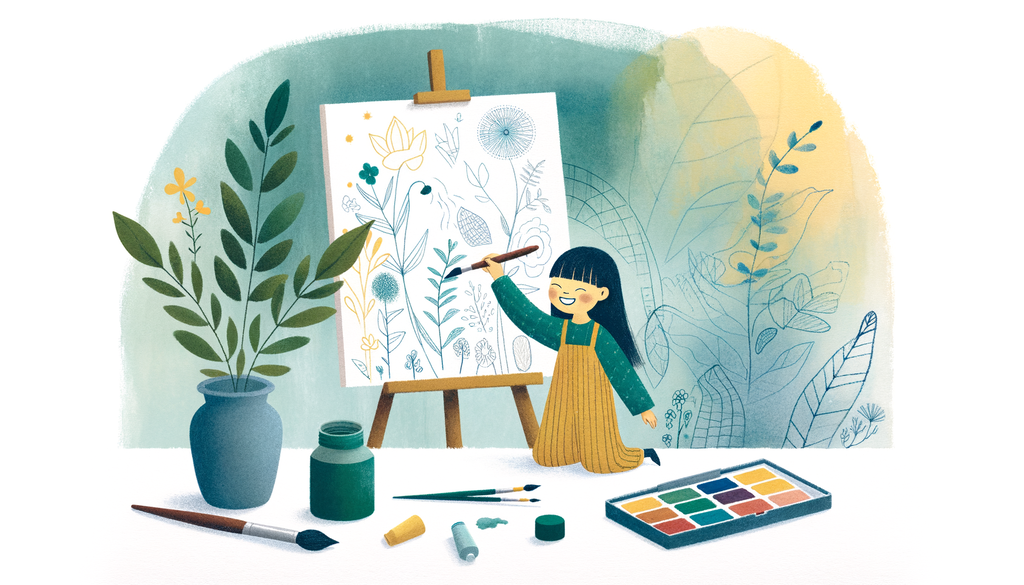Art Therapy: A Canvas for Special Needs Expression

Art therapy presents a unique opportunity for all children, but especially those with special needs, to express their emotions, explore their abilities, and enhance their cognitive development.
For children with special needs, communicating and processing information can sometimes be overwhelming. This is where art becomes a powerful tool, transcending the barriers of traditional language and learning.
Emotional Expression Through Art
The ability to express one’s emotions plays a critical role in holistic development. For children with special needs, verbal communication can sometimes be challenging. Art therapy provides a medium for these children to express their feelings and emotions indirectly.
For example, a child might paint or draw pictures to depict their day or sculpt their feelings out of clay. This ability to visually express emotions can also help therapists, educators, and parents better understand a child’s emotional state or potential sources of stress [^1^]
Strengthening Cognitive Abilities
Cognitive abilities, such as pattern recognition, memory, and reasoning, can be honed through art therapy. Artistic activities stimulate different areas of the brain, which helps improve focus, attention to detail, and problem-solving skills. Core academic concepts can be taught through art - think mathematics with geometric shapes or science through color-mixing [^4^]
Read more about multisensory techniques here.
Art as a Confidence Builder
Art holds no right or wrong, providing a safe space for children to take risks, make mistakes and experiment without fear of criticism or failure. This can enhance self-esteem and confidence in their abilities.
Over time, children may begin to take pride in their work, which, in turn, can further enhance self-esteem and provide a sense of achievement. For children who often face academic or social challenges, this confidence boost can be highly empowering [^3^].
Check our post about building resilience in special needs children here.
Actionable Tips for Parents and Educators
-
Promote Art at Home and School: Provide a wide variety of art materials, including paint, clay, crayons, and craft supplies, and dedicate specific time for art activities.
-
Communicate Through Art: Engage with your child’s artwork, talking about the colors, shapes, and themes they have chosen. This can be an effective way to understand your child’s thoughts and feelings.
-
Encourage Exploration: Let your child experiment with different art forms, techniques, and materials. This promotes creativity, problem-solving, and motor skills.
-
Display Their Artwork: Displaying their creativity can enhance their confidence and help them feel valued and acknowledged.
Learn more about encouraging creativity here.
Art therapy offers a unique medium for your child to express, develop, and grow. If you want to know more about therapy options for diverse learners, connect with us and check this blog post.